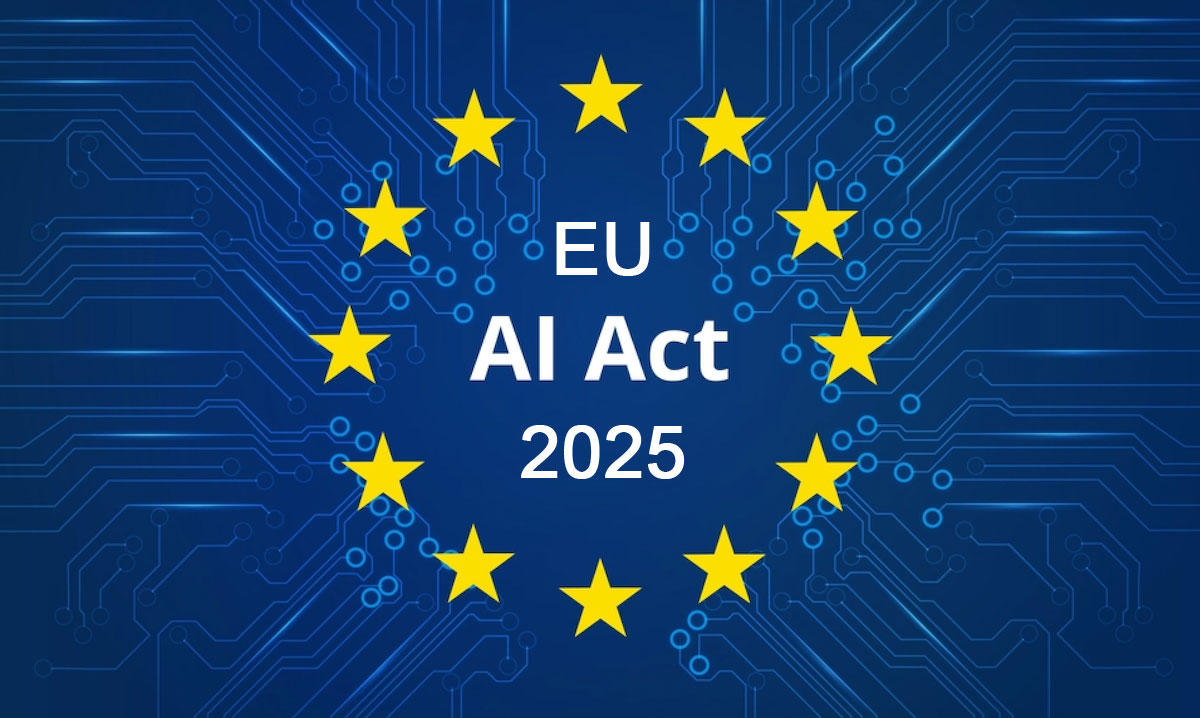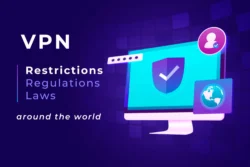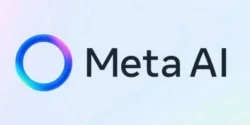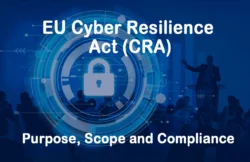The EU AI Act 2025, formally Regulation (EU) 2024/1689, marks a historic milestone as the world’s first comprehensive AI regulation, setting a global standard for how artificial intelligence, including generative AI, is developed, deployed, and regulated. Enacted on August 1, 2024, with key provisions rolling out in 2025—such as bans on high-risk AI practices by February 2 and rules for general-purpose AI (GPAI) models like those powering ChatGPT, MidJourney, and Suno by August 2—this landmark legislation is reshaping the landscape for creators and businesses. From artists crafting generative AI art to marketers leveraging AI for content creation, and startups building innovative AI tools, the Act introduces strict compliance requirements, hefty fines (up to €35 million or 7% of global revenue), and opportunities through regulatory sandboxes. But what does the EU AI Act mean for generative AI regulation? How does it impact AI compliance for creators and businesses in 2025? This article dives into the Act’s framework, its effects on AI copyright rules in EU, its challenges for small businesses, and its potential to influence AI governance worldwide, offering practical insights for navigating this new era of trustworthy AI.
Table of Contents
What Is the EU AI Act 2025?
The EU AI Act 2025 is a risk-based regulatory framework designed to ensure AI systems are safe, transparent, and ethical while fostering innovation across the European Union. Adopted on July 12, 2024, and effective from August 1, 2024, it categorizes AI systems into four risk levels—unacceptable, high, limited, and minimal—with stricter rules for higher risks. Generative AI regulation falls under the Act’s rules for general-purpose AI (GPAI) models, which include tools like DALL-E, Suno, and Llama, capable of generating text, images, or audio. Key 2025 milestones include:
- February 2, 2025: Bans on unacceptable-risk AI practices, such as real-time facial recognition in public spaces or manipulative AI techniques (e.g., deepfakes without consent).
- August 2, 2025: Compliance deadlines for GPAI models, requiring transparency, copyright adherence, and risk assessments.
- May 2, 2026: Full enforcement for high-risk AI systems, with ongoing implementation for other provisions.
The Act applies to providers, deployers, and importers of AI systems in the EU, regardless of where they’re based, affecting global companies like OpenAI or MidJourney if they serve EU users. For creators, this means AI compliance for creators involves labeling AI-generated content (e.g., art or music) and ensuring training data respects EU AI Act copyright compliance. For businesses, it mandates risk management, documentation, and human oversight, with non-compliance fines dwarfing GDPR penalties.
Why It Matters: With generative AI usage surging—over 10 million creators used AI tools globally in 2025, per industry reports—the Act aims to balance innovation with accountability, addressing ethical concerns like bias, privacy, and misinformation while setting a precedent for global AI governance.
Impact on Generative AI Creators
The EU AI Act 2025 significantly affects creators using generative AI tools for art, music, and storytelling, introducing both opportunities and challenges. Artists relying on generative AI art platforms like MidJourney or Stable Diffusion, musicians using AI music generation tools like Suno, and writers leveraging ChatGPT for scripts must navigate new transparency and copyright rules to stay compliant.
Key Requirements for Creators
- Transparency Obligations: Creators must disclose when content is AI-generated, especially for deepfakes or synthetic media that could mislead audiences. For example, an AI-generated music video must be labeled as “AI-produced” to avoid deception.
- Copyright Compliance: The Act requires GPAI providers to document training data sources, ensuring they respect EU copyright laws. Creators using AI tools must verify that outputs don’t infringe on existing works, a challenge given ongoing lawsuits against platforms like MidJourney for scraping art without permission.
- Content Moderation: High-risk AI applications, like AI-generated content used in advertising or public media, require human oversight to prevent harmful outputs, such as biased or offensive imagery.
- Risk Assessments: Creators deploying custom AI models (e.g., a game developer using a bespoke narrative AI) must conduct risk assessments if their application falls under high-risk categories.
Practical Impacts
- Artists: A digital artist using MidJourney to create album covers must ensure their prompts produce original works and label outputs as AI-generated for commercial use in the EU. Non-compliance could lead to fines or legal disputes.
- Musicians: A producer using Suno to generate a jingle must confirm the tool’s training data complies with copyright laws, as the Act holds deployers partially accountable for outputs.
- Content Creators: Bloggers or YouTubers using AI for scripts or thumbnails need to disclose AI use in EU markets, impacting branding and audience trust.
Case Study: In 2024, a European NFT artist faced backlash for selling AI-generated art without disclosing its MidJourney origins, violating early EU transparency guidelines. The EU AI Act’s 2025 rules formalize such requirements, pushing creators to adopt ethical practices.
Pro Tip: Use tools like DeviantArt’s AI disclosure tags or platforms with built-in compliance checks (e.g., Adobe Firefly’s ethically sourced models) to align with AI copyright rules in EU.
Business Compliance Challenges Under the EU AI Act
For businesses, from startups to tech giants, the EU AI Act 2025 imposes significant compliance burdens, particularly for those developing or deploying generative AI regulation-compliant tools. Small and medium enterprises (SMEs) face unique challenges due to limited resources, while global firms must adapt to EU-specific rules.
Key Compliance Requirements
- Provider Obligations: Companies like OpenAI or xAI, offering GPAI models, must provide detailed documentation on training data, model architecture, and risk mitigation strategies by August 2, 2025. This includes publishing summaries of copyrighted data used, addressing EU AI Act copyright compliance.
- Deployer Responsibilities: Businesses using AI tools (e.g., a marketing firm using ChatGPT for ad copy) must ensure human oversight, monitor outputs, and report serious incidents, like AI-generated misinformation.
- Fines and Penalties: Non-compliance can lead to fines of €35 million or 7% of annual global turnover, whichever is higher, dwarfing GDPR’s €20 million cap. SMEs face proportional but still significant penalties.
- High-Risk AI Rules: AI systems in sensitive sectors (e.g., recruitment, advertising) require rigorous testing, data governance, and certification before deployment.
Challenges for Businesses
- SMEs and Startups: Limited budgets make compliance costly, with estimates suggesting small firms may spend €50,000–€100,000 on audits and documentation. The Act’s SME exemptions (e.g., lighter requirements for firms with <50 employees) help but don’t eliminate costs.
- Global Operations: Non-EU companies like MidJourney (U.S.-based) must appoint EU representatives to handle compliance, increasing operational complexity.
- Innovation vs. Regulation: Strict rules may slow development cycles, as firms prioritize compliance over rapid prototyping, potentially stifling innovation.
Case Study: In 2025, a U.K.-based marketing startup faced a €500,000 fine for deploying an AI ad generator without proper risk assessments, highlighting the Act’s extraterritorial reach post-Brexit.
Pro Tip: Leverage AI regulatory sandboxes 2025, offered by EU member states, to test AI systems in a controlled environment with regulatory guidance to reduce compliance risks. Follow @EUDigitalLaw on X for sandbox updates.
Global Ripple Effects of the EU AI Act
The EU AI Act 2025 is poised to influence AI governance worldwide, much like GDPR reshaped data privacy. Its extraterritorial scope—applying to any AI system affecting EU citizens—means global companies must comply, creating a “Brussels Effect” that sets de facto standards.
Key Global Impacts
- Standard-Setting: Countries like Canada and Singapore are developing AI laws inspired by the Act, with the U.S. exploring similar frameworks, though fragmented by state-level regulations (e.g., California’s AI safety bills).
- Market Access: Non-EU firms must align with EU rules to access the 450-million-person EU market, pushing companies like Google and Meta to adopt EU-compliant practices globally.
- Ethical Precedent: The Act’s focus on transparency and bias mitigation encourages ethical AI development, influencing regions with weaker regulations.
- Challenges for Developing Nations: Smaller economies may struggle to meet EU standards, potentially limiting their access to advanced AI tools.
Example: In 2025, a Chinese AI art platform adjusted its training data policies to comply with EU copyright rules, enabling sales in Europe and setting a precedent for other Asian firms.
Pro Tip: Monitor global AI policy via X accounts like @AI_Policy or @TechCrunch for insights on how the EU AI Act shapes international regulations.
Balancing Ethics and Innovation
The EU AI Act 2025 seeks to balance ethical AI use with innovation, addressing concerns like bias, privacy, and misinformation while fostering growth through initiatives like the AI Pact and regulatory sandboxes.
Ethical Wins
- Bias Mitigation: High-risk AI systems must undergo bias testing, reducing discriminatory outputs in areas like hiring or advertising.
- Privacy Protection: The Act aligns with GDPR, ensuring AI systems respect user data rights, critical for generative AI trained on personal data.
- Transparency: Labeling AI-generated content builds trust, especially for creators using generative AI art or music.
Innovation Support
- AI Pact: A voluntary initiative launched in 2024 encourages early compliance, offering firms a head start on 2025 rules.
- Regulatory Sandboxes: These allow startups to test AI systems under regulatory supervision, fostering innovation without immediate penalties.
- Research Exemptions: Academic and open-source AI projects (e.g., Stable Diffusion) face lighter rules, encouraging experimentation.
Challenge: Overregulation risks pushing innovation to less-regulated regions, though the EU counters this with €1 billion in AI funding via Horizon Europe in 2025.
Pro Tip: Join the AI Pact via the EU’s Digital Single Market portal to access compliance resources and network with industry leaders.
FAQs: Understanding the EU AI Act 2025
What Is the EU AI Act 2025?
The EU AI Act (Regulation 2024/1689) is the world’s first comprehensive AI law, effective August 1, 2024, with key rules in 2025. It regulates AI based on risk, with strict requirements for generative AI regulation, transparency, and copyright compliance.
How Does the EU AI Act Affect AI Art and Music Creators?
Creators must label AI-generated content (e.g., MidJourney art, Suno music) and ensure outputs respect AI copyright rules in EU, avoiding infringement. Non-compliance risks fines or legal action.
Why Is the EU AI Act Important for Businesses?
Businesses face fines up to €35 million for non-compliance, must document AI use, and ensure human oversight. AI regulatory sandboxes 2025 offer testing opportunities, especially for SMEs.
How Does the EU AI Act Impact Non-EU AI Developers?
Non-EU developers serving EU users must comply, appointing EU representatives and aligning with transparency and copyright rules, affecting global firms like OpenAI.
Conclusion
The EU AI Act 2025 is a game-changer for generative AI regulation, reshaping how creators and businesses use tools like MidJourney, Suno, or ChatGPT. By enforcing transparency, AI compliance for creators, and EU AI Act copyright compliance, it ensures ethical AI use while fostering innovation through sandboxes and the AI Pact. Creators must label AI-generated art or music, while businesses face rigorous compliance to avoid hefty fines, with SMEs leveraging exemptions to stay competitive. Globally, the Act sets a precedent, influencing AI governance from the U.S. to Asia. Whether you’re an artist crafting generative AI art, a musician exploring AI music generation, or a startup deploying AI solutions, preparing for the Act’s 2025 deadlines is crucial. Start by exploring AI regulatory sandboxes 2025, following @EUDigitalLaw on X for updates, and engaging with the EU’s AI Pact to navigate this new era of trustworthy AI. Embrace the Act as an opportunity to build ethical, innovative AI solutions that resonate with audiences worldwide.







